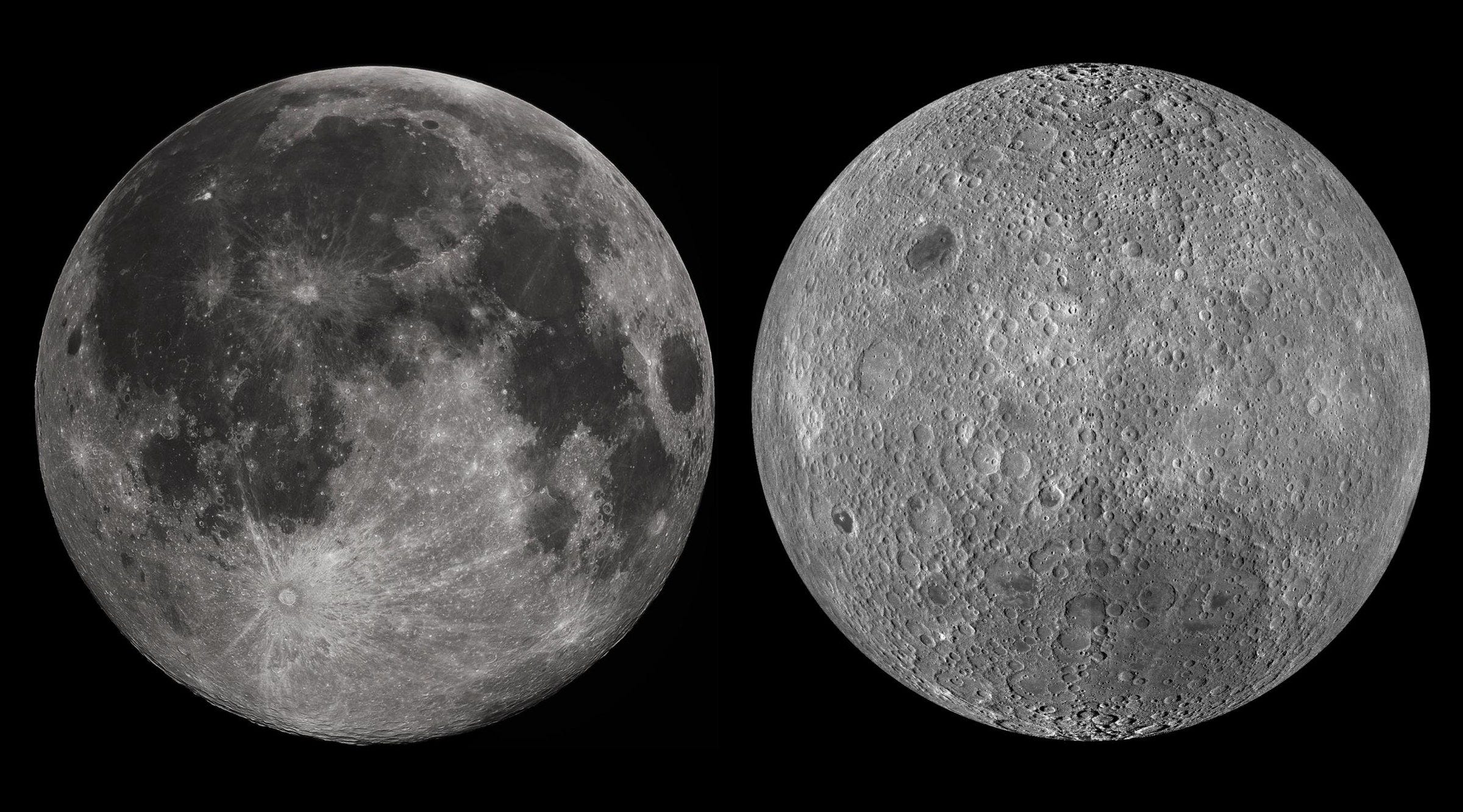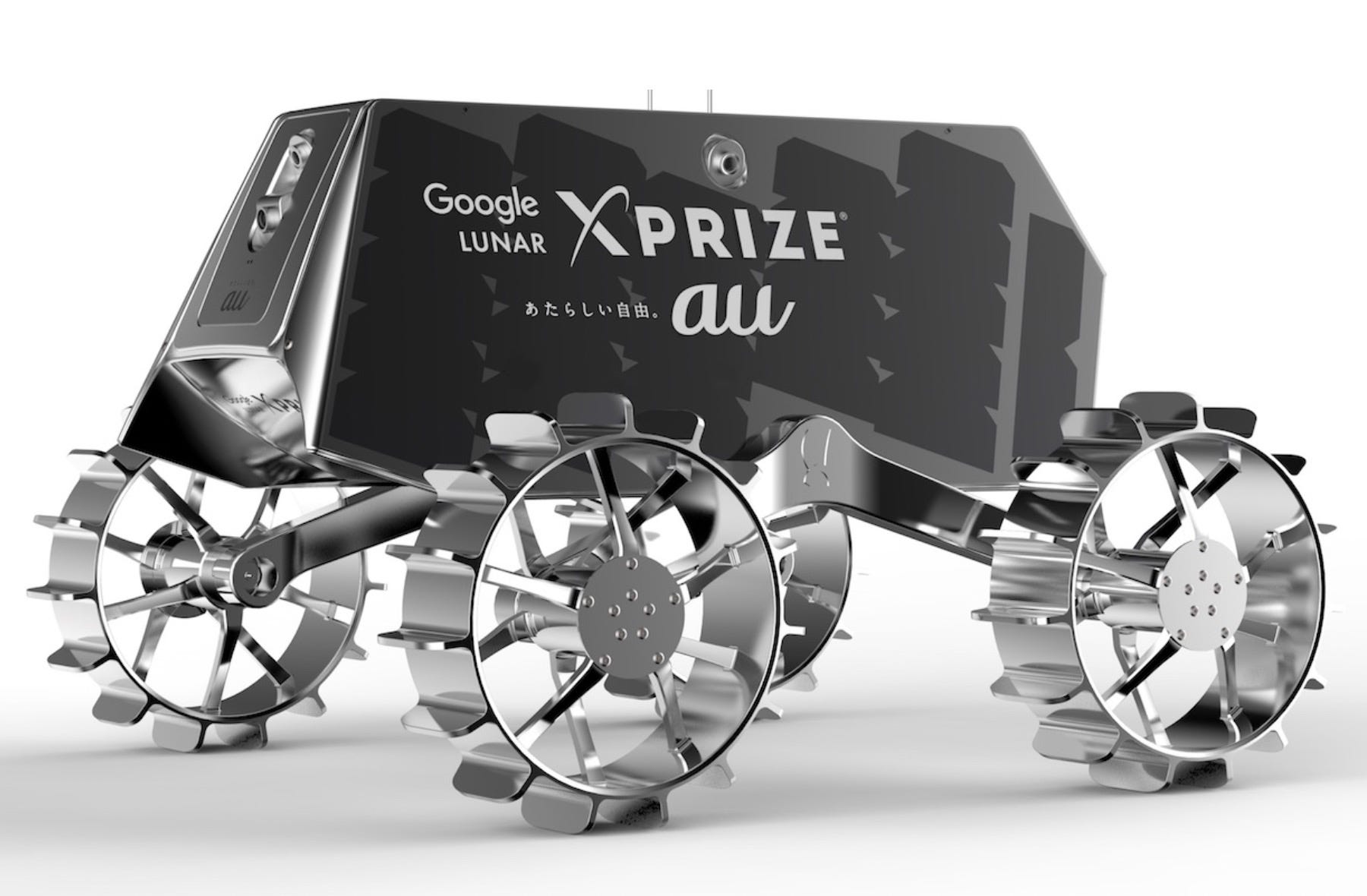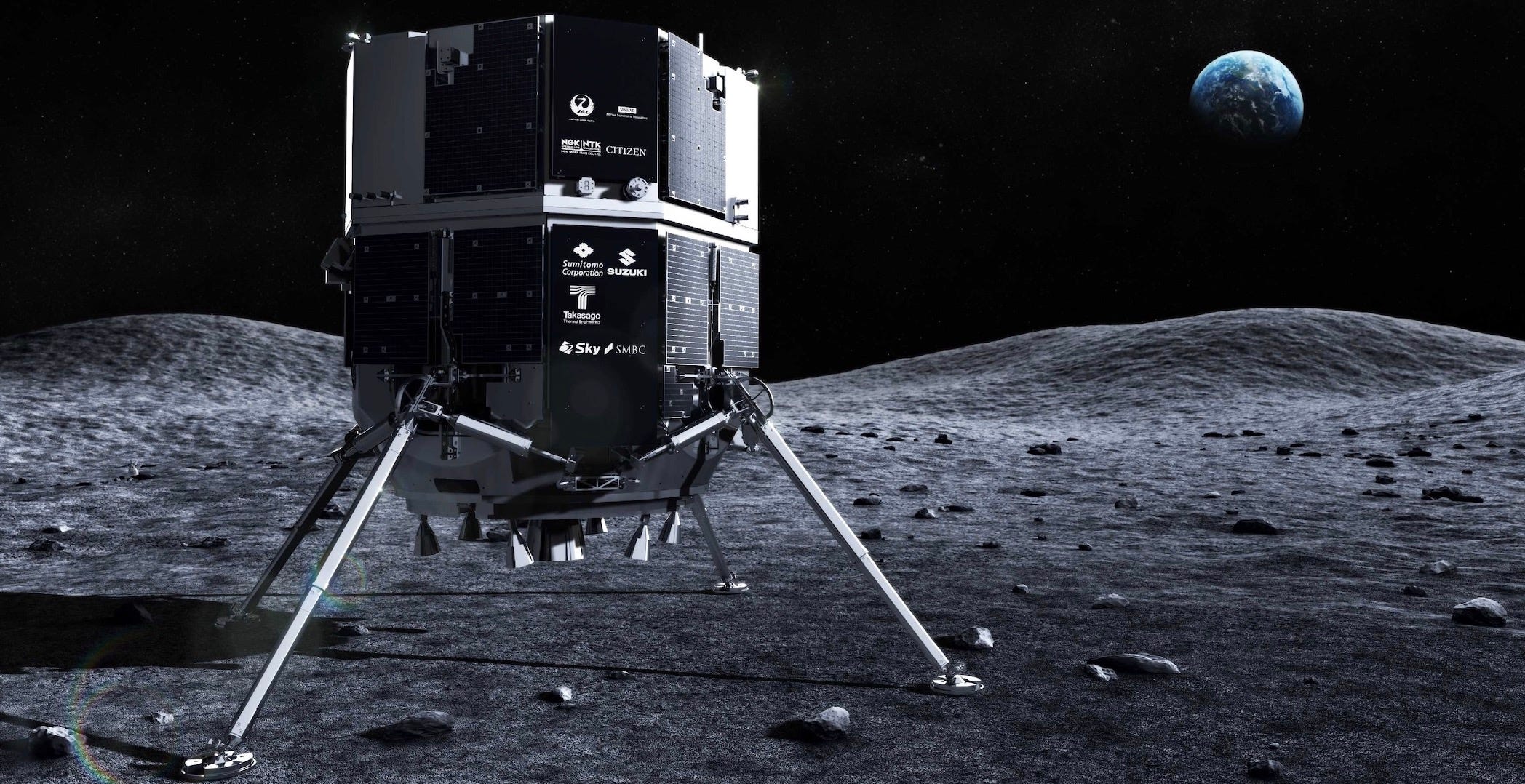Moon Monday #76: The two worlds of Luna, ispace Europe and some crisp lunar updates
The lunar dichotomy deepens

In a recent study, Brown University scientists presented yet another hypothesis for why the two sides of our Moon are completely different worlds. They extensively modeled various impact scenarios that could’ve created the farside 2,600-kilometer wide South Pole-Aitken Basin—the largest, deepest confirmed impact structure on the Moon—and found that in each case the impact deposited high concentrations of heat-producing elements on the nearside. This lowered the melting temperatures of rocks in the nearside mantle, producing an order of magnitude more magma than beneath the farside crust. And since the nearside crust is about 20 kilometers thinner on average, this allowed nearside magma to ascend and volcanically erupt on the surface more easily than the farside, thus explaining its abundant, familiar dark plains.
In the latest Planetary Decadal Survey, a report produced every 10 years by the U.S. scientific community to guide future NASA missions, scientists have proposed a sample return rover mission to the South Pole-Aitken Basin as the highest lunar exploration priority. Sampling key areas within the basin to determine the ages and nature of the farside crust and mantle, and comparing it to the nearside, will help us unravel exactly how the Moon formed and evolved, itself linked to Earth’s. While active geological processes have erased hints of our planet’s makeup, material from early Earth that formed the Moon remains largely preserved on our airless cosmic neighbor, especially on the farside where large regions haven’t been volcanically altered. Understanding what caused our Moon’s dichotomy will also allow us to better gauge why Mars is asymmetric too, as are some other solar system bodies.
What has ispace Europe been up to?
While ispace Japan is set to launch its first Moon landing mission later this year, its subsidiary ispace Europe has been developing an agile micro-rover for the second ispace lunar lander to carry in 2024. For testing the rover’s motion and navigation, ispace Europe created their own lunar soil simulant pit. Last week ispace Europe announced opening up of two more facilities: a rover manufacturing lab and a mission control room to complement the one in Japan.

I realized I’ve previously covered ispace Europe’s activities in bits and pieces on Moon Monday so this is a good opportunity to collect them all in one place. In November 2021, ESA selected ispace Europe and ArianeGroup for a potential commercial payload delivery program to the Moon similar to NASA CLPS. If the selection is formalized this year, ispace could host ESA’s science instruments on their lunar landers and rovers in future missions. ESA has also selected ispace Europe to be a part of PROSPECT, a program aiming to demonstrate extracting lunar water.
ispace Europe is also one of the four companies NASA selected to collect lunar samples and transfer its ownership to the agency (but not bring to Earth). The move is NASA’s first step in incentivizing the industry to build sample extraction technologies to set precedence for resource use under the Artemis Accords. The sample collection in question will be done by the micro-rover that ispace Europe is building for ispace’s second Moon mission. Note also that Israeli company Helios’ (claimed) scalable technology to extract oxygen from lunar soil will be onboard the mission.

ispace Europe is also collaborating with Stardust Canada and two Australian organizations to design and build a Moon mining rover. The collaboration will allow ispace to apply for potential contracts for future lunar missions by the Canadian and Australian space agencies respectively.
Last year, Airbus, Air Liquide and ispace Europe jointly launched EURO2MOON, a non-profit organization based in Luxembourg dedicated to promoting sustainable use of the Moon’s natural resources such as water ice. EURO2MOON is open to European companies and research organizations developing technologies or services related to lunar resources. Notably, Luxembourg-ESA co-run European Space Resources Innovation Centre (ESRIC) joined EURO2MOON as a (non-founding) member.
Canada to prosecute crimes committed during Moon missions
Yeah, that’s a headline I didn’t think I’d write anytime soon. And yet last month, Canadian lawmakers passed an amendment to the country’s Criminal Code that allows prosecuting crimes committed during Moon missions just as if they happened inside Canada.
The development comes in the context of Canada’s long-term involvement in NASA’s Artemis campaign. A Canadian astronaut is expected to be onboard the Artemis II lunar flyby mission in 2024. Canada is also contributing to the NASA-led Gateway by providing the lunar station’s versatile robotic arm system called Canadarm3. This is where it’s notable that the amendment says a foreign astronaut who “threatens the life or security of a Canadian crew member” on a Canadian-supported mission might be prosecuted too.
Thanks to Jeffrey Gillis-Davis for sharing this story with me.
More Moon
- NASA has replaced the faulty helium check valve on the SLS rocket’s second stage, where apparently a small rubber piece somehow entered and prevented the valve from sealing correctly. Progress is being made on the hydrogen leak on the rocket’s mobile launcher which halted an earlier wet dress rehearsal test. NASA plans to roll the rocket back to the launchpad by the end of May for another wet dress rehearsal in early or mid June before the Artemis I Moon mission launches in August at best.
- The LRO blog has a nice new blog post explaining secondary craters and how studying them helps us determine ages of features on the Moon (or for that matter features across the solar system). This reminds me of the mind-blowing large-town sized craters constituting the secondary crater chains of the massive Orientale lunar basin.
- The U.S. Senate has voted against removing an upcoming bill section that would authorize funding for NASA’s Human Landing System program, allowing the agency to choose another provider to compete with SpaceX’s Lunar Starship to land the first Artemis astronauts on the Moon.
- Jeff Foust reports that the NASA-funded $10 million CAPSTONE spacecraft, built by Advanced Space, will now launch no earlier than May end. The mission intends to prove the feasibility of the unique fuel-saving elliptical lunar orbit that the NASA-led Gateway station will be in later in the decade.
- NASA Goddard scientists begin studying 50-year-old frozen Apollo 17 samples
- China releases new dataset from scientific payloads on Chang’e 5
Thank you Epsilon3 for sponsoring this week’s Moon Monday.
Thanks also to Andrea Battisti and Aditya K for supporting my independent writing.
